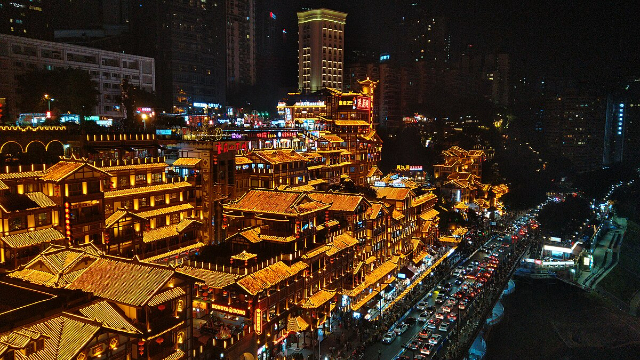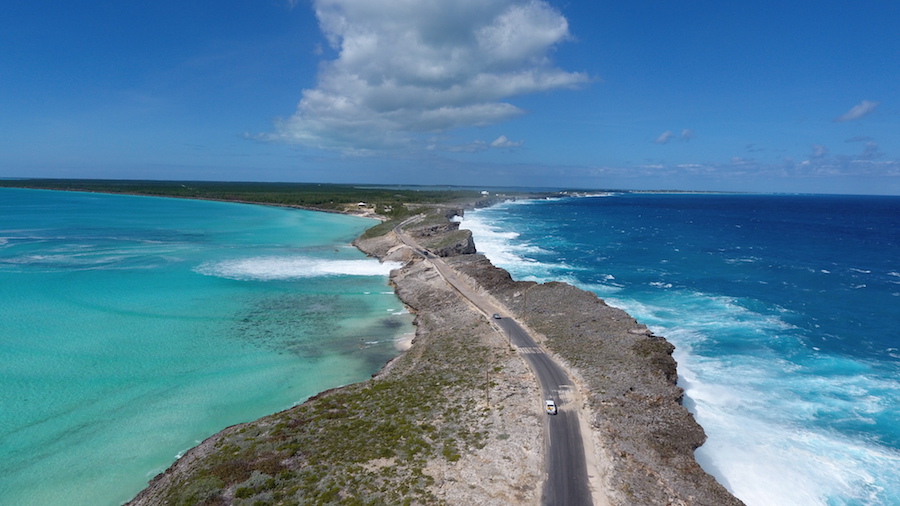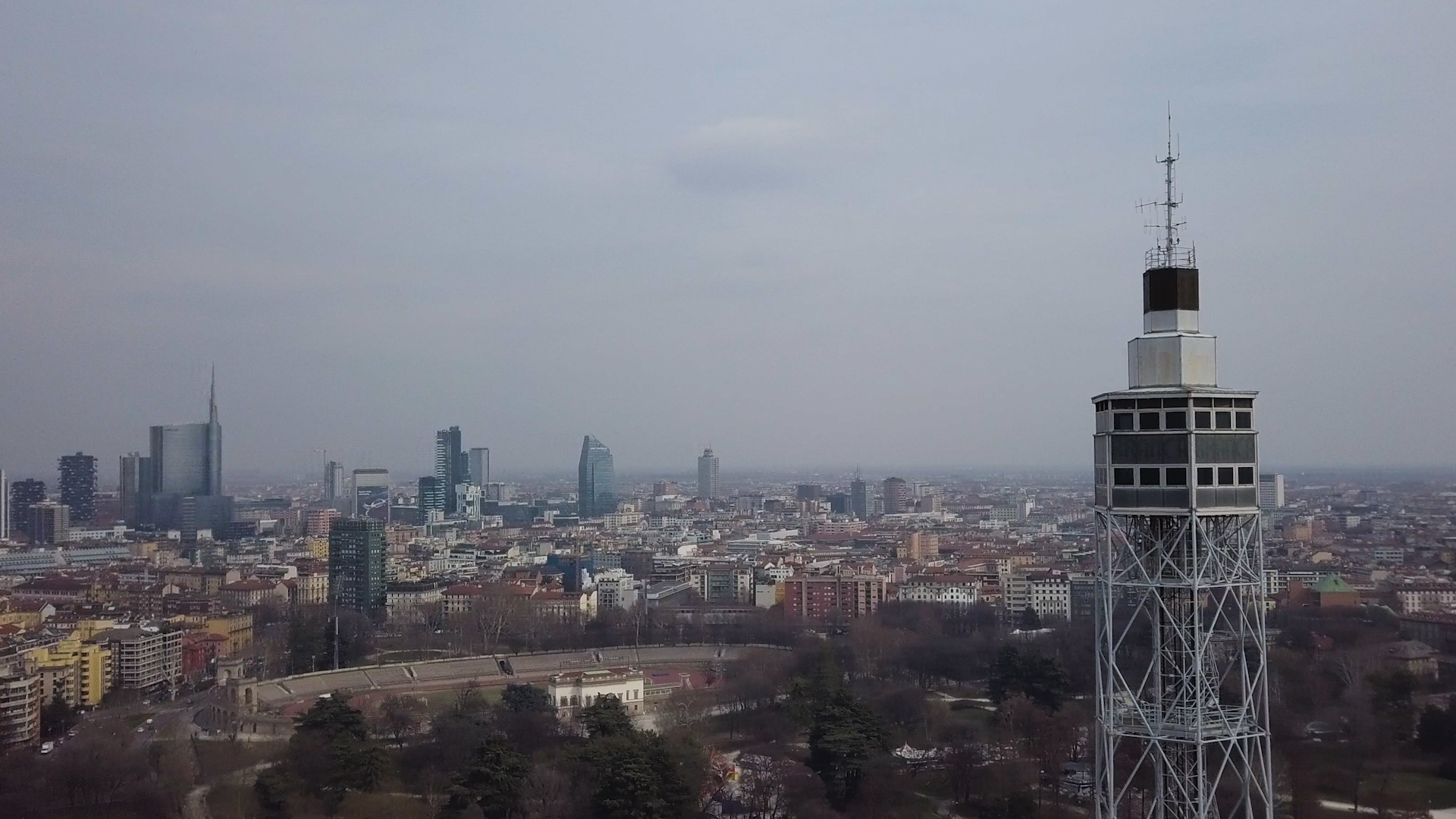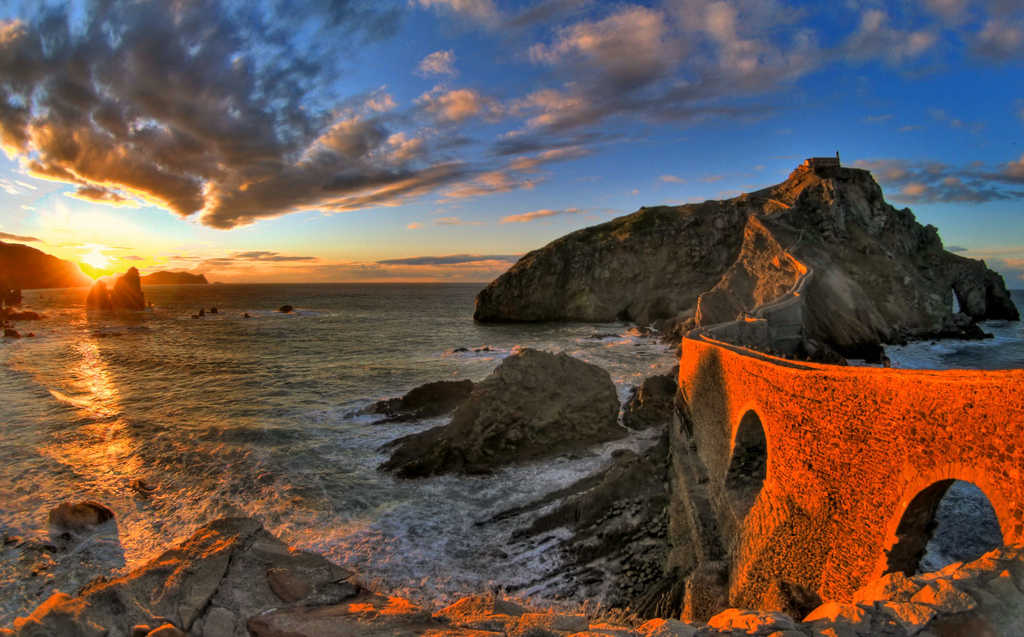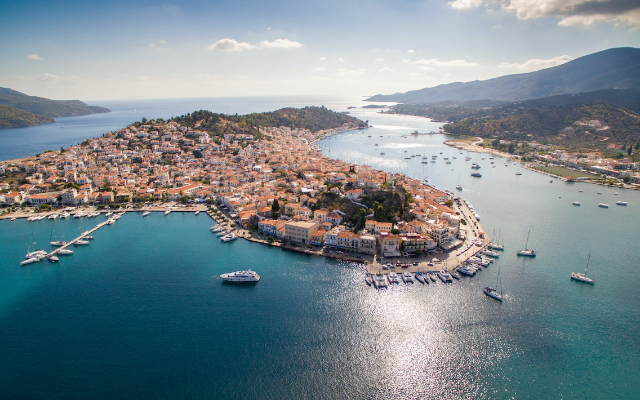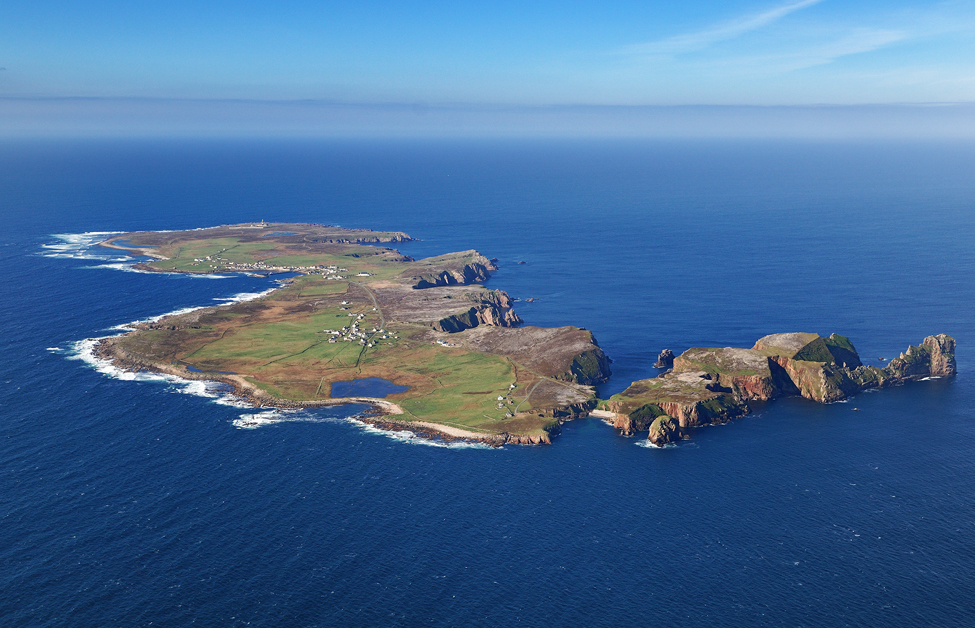Nestled in the heart of Chongqing’s bustling Jiefangbei commercial district, the Hongya Cave, also known as Hongya Dong, stands tall as an 11-story stilt-building complex. Perched along the southern bank of the Jialing River, this architectural marvel has become a prominent landmark and a favored destination for tourists visiting the vibrant city.
The complex boasts a harmonious blend of retail spaces and hotels, making it a dynamic hub for both commerce and leisure. The fourth floor is a culinary haven, featuring a food market renowned for its spice stores, particularly noted for mala—a spicy and numbing flavor profile. As visitors ascend to the top floor, they are greeted by a panoramic viewing platform offering breathtaking vistas of the Jialing River.
The striking appearance of the Hongya Cave has drawn comparisons to the enchanting architecture seen in the 2001 Japanese animated film Spirited Away. Its design captivates visitors, transporting them into a world where ancient history converges with contemporary allure.
Historically, the site served as a fortress, tracing its origins back to the ancient Ba State (1046 B.C. – 256 B.C) and evolving through the Ming dynasty. The Hongyang Gate, dating back to the 14th century, played a crucial role in the region’s history. Stilt houses, known as diaojiaolou, once lined the riverbank until the decline of the shipping industry in 1949. Left in disrepair, these structures were gradually replaced by new buildings designed in the style of Bayu diaojiaolou, marking a seamless blend of tradition and modernity.
The journey of Hongya Cave’s transformation began in 2006, with Shenzhen Huazhu Architectural & Engineering Design spearheading the construction and preservation efforts. Today, it stands not only as a testament to Chongqing’s rich history but also as a vibrant symbol of architectural ingenuity and cultural continuity.

